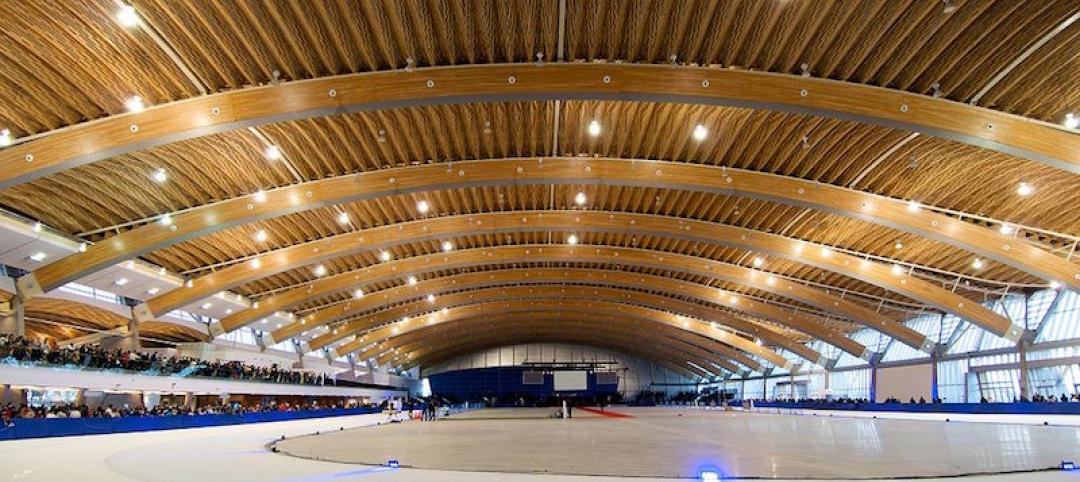Energy efficiency upgrades in multifamily properties offer benefits to residents including lower utility bills, but some of the materials used in these projects to better insulate buildings can create health hazards.
A new report by Energy Efficiency for All (EEFA)—Making Affordable Multifamily Housing More Energy Efficient: A Guide to Healthier Upgrade Materials—offers a comprehensive guide for builders and policymakers in the use of readily available, healthier insulation and sealing materials. It includes policy frameworks to accelerate these materials’ adoption and improve air quality.
Currently, contractors and building owners are most focused on boosting efficiency performance levels of insulation and air sealing specifications with less consideration for the potential air quality impact of materials such as spray foam and modified polymer and polyurethane sealants. These materials commonly contain isocyanates, flame retardants, and phthalates that have been linked to health problems.
There are opportunities to promote healthier retrofit materials through green standards, but a broad industry discussion is needed to build consensus around a common approach, according to an article at the Natural Resources Defense Council. The Low-Income Housing Tax Credit, the most common financing source for building, renovating, and retrofitting affordable multifamily housing, for example, is a key driver in materials decisions. It could be used to promote the use of healthier insulating materials.
Related Stories
Industry Research | Sep 12, 2016
Evidence linking classroom design to improved learning mounts
A study finds the impact can be as much as 25% per year.
Legislation | Sep 8, 2016
Half of U.S. states now allow design-build on public projects
Missouri is the latest to enact design-build legislation.
Codes and Standards | Sep 8, 2016
Vapor intrusion risk addressed in new ASTM guide update
The updates address industry confusion over how to handle the issue.
BIM and Information Technology | Sep 7, 2016
Energy Star Portfolio Manager tool updated to factor in waste management
The costs and benefits of managing 29 types of waste are now included.
Wood | Sep 6, 2016
Atlanta suburb prohibits wood-framed construction for high rises
The new building code prevents any structure with more than three stories from being built from a CLT frame.
Codes and Standards | Sep 1, 2016
Overuse of air conditioning hurts office productivity
A study found temperatures in the low 70s reduce worker performance.
Regulations | Aug 31, 2016
FEMA wants to toughen flood regulation on projects using federal funds
The proposal ‘would essentially rewrite the current 100-year flood standard.’
Sustainability | Aug 30, 2016
New federal project plans must include climate impacts
Agencies must quantify the specific impacts when possible.
Green | Aug 29, 2016
Vancouver, B.C., to require zero emissions on new buildings by 2030
No net GHG emissions will be allowed.
Codes and Standards | Aug 25, 2016
Freddie Mac extends efforts to fund multifamily energy/water efficiency projects
The Multifamily Green Advantage targets existing buildings.
















